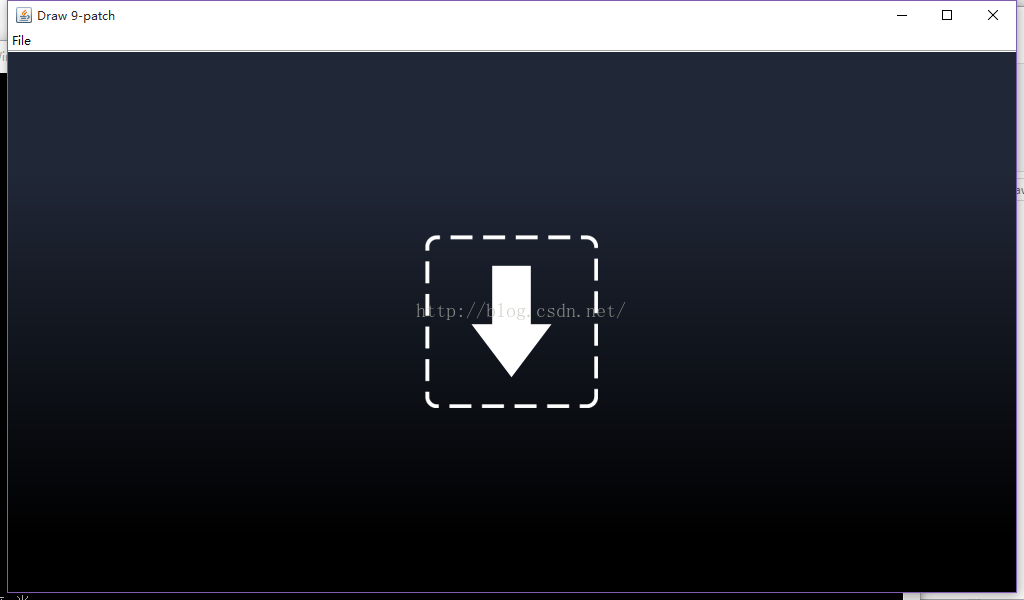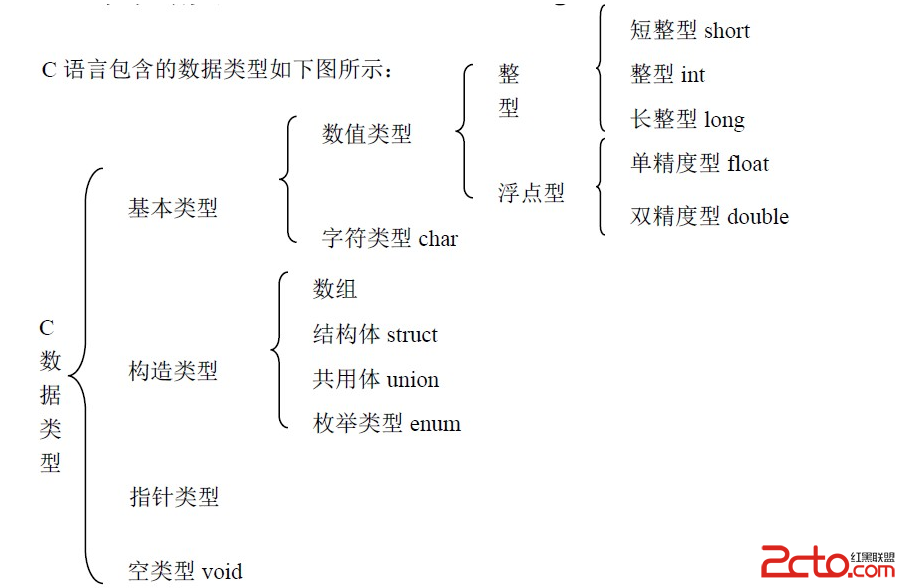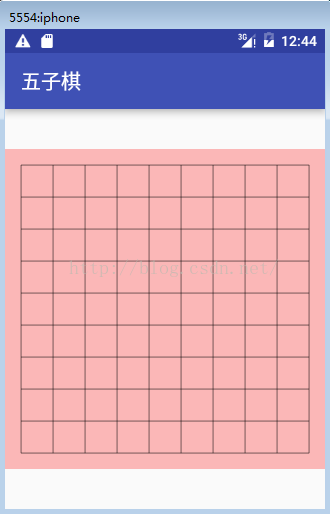編輯:關於Android編程
package com.bn.Sample5_1;
import android.opengl.Matrix;
//存儲系統矩陣狀態的類
public class MatrixState
{
private static float[] mProjMatrix = new float[16];//4x4矩陣 投影用
private static float[] mVMatrix = new float[16];//攝像機位置朝向9參數矩陣
private static float[] mMVPMatrix;//最後起作用的總變換矩陣
//設置攝像機
public static void setCamera
(
float cx, //攝像機位置x
float cy, //攝像機位置y
float cz, //攝像機位置z
float tx, //攝像機目標點x
float ty, //攝像機目標點y
float tz, //攝像機目標點z
float upx, //攝像機UP向量X分量
float upy, //攝像機UP向量Y分量
float upz //攝像機UP向量Z分量
)
{
Matrix.setLookAtM
(
mVMatrix,
0,
cx,
cy,
cz,
tx,
ty,
tz,
upx,
upy,
upz
);
}
//設置正交投影參數
public static void setProjectOrtho
(
float left, //near面的left
float right, //near面的right
float bottom, //near面的bottom
float top, //near面的top
float near, //near面距離
float far //far面距離
)
{
Matrix.orthoM(mProjMatrix, 0, left, right, bottom, top, near, far);
}
//獲取具體物體的總變換矩陣
public static float[] getFinalMatrix(float[] spec)
{
mMVPMatrix=new float[16];
Matrix.multiplyMM(mMVPMatrix, 0, mVMatrix, 0, spec, 0);
Matrix.multiplyMM(mMVPMatrix, 0, mProjMatrix, 0, mMVPMatrix, 0);
return mMVPMatrix;
}
}
package com.bn.Sample5_1;
import android.opengl.GLSurfaceView;
import android.view.MotionEvent;
import android.opengl.GLES20;
import javax.microedition.khronos.egl.EGLConfig;
import javax.microedition.khronos.opengles.GL10;
import android.content.Context;
class MySurfaceView extends GLSurfaceView
{
private final float TOUCH_SCALE_FACTOR = 180.0f/320;//角度縮放比例
private SceneRenderer mRenderer;//場景渲染器
private float mPreviousY;//上次的觸控位置Y坐標
private float mPreviousX;//上次的觸控位置X坐標
public MySurfaceView(Context context) {
super(context);
this.setEGLContextClientVersion(2); //設置使用OPENGL ES2.0
mRenderer = new SceneRenderer(); //創建場景渲染器
setRenderer(mRenderer); //設置渲染器
setRenderMode(GLSurfaceView.RENDERMODE_CONTINUOUSLY);//設置渲染模式為主動渲染
}
//觸摸事件回調方法
@Override
public boolean onTouchEvent(MotionEvent e) {
float y = e.getY();
float x = e.getX();
switch (e.getAction()) {
case MotionEvent.ACTION_MOVE:
float dy = y - mPreviousY;//計算觸控筆Y位移
float dx = x - mPreviousX;//計算觸控筆X位移
for(SixPointedStar h:mRenderer.ha)
{
h.yAngle += dx * TOUCH_SCALE_FACTOR;//設置六角星數組中的各個六角星繞y軸旋轉角度
h.xAngle+= dy * TOUCH_SCALE_FACTOR;//設置六角星數組中的各個六角星繞x軸旋轉角度
}
}
mPreviousY = y;//記錄觸控筆位置
mPreviousX = x;//記錄觸控筆位置
return true;
}
private class SceneRenderer implements GLSurfaceView.Renderer
{
SixPointedStar[] ha=new SixPointedStar[6];//六角星數組
public void onDrawFrame(GL10 gl)
{
//清除深度緩沖與顏色緩沖
GLES20.glClear( GLES20.GL_DEPTH_BUFFER_BIT | GLES20.GL_COLOR_BUFFER_BIT);
//繪制六角星數組中的各個六角星
for(SixPointedStar h:ha)
{
h.drawSelf();
}
}
public void onSurfaceChanged(GL10 gl, int width, int height) {
//設置視窗大小及位置
GLES20.glViewport(0, 0, width, height);
//計算GLSurfaceView的寬高比
float ratio= (float) width / height;
//設置平行投影
MatrixState.setProjectOrtho(-ratio, ratio, -1, 1, 1, 10);
//調用此方法產生攝像機9參數位置矩陣
MatrixState.setCamera(
0, 0, 3f,
0, 0, 0f,
0f, 1.0f, 0.0f
);
}
public void onSurfaceCreated(GL10 gl, EGLConfig config) {
//設置屏幕背景色RGBA
GLES20.glClearColor(0.5f,0.5f,0.5f, 1.0f);
//創建六角星數組中的各個對象
for(int i=0;ipackage com.bn.Sample5_1;
import java.io.ByteArrayOutputStream;
import java.io.InputStream;
import android.content.res.Resources;
import android.opengl.GLES20;
import android.util.Log;
//加載頂點Shader與片元Shader的工具類
public class ShaderUtil
{
//加載制定shader的方法
public static int loadShader
(
int shaderType, //shader的類型 GLES20.GL_VERTEX_SHADER GLES20.GL_FRAGMENT_SHADER
String source //shader的腳本字符串
)
{
//創建一個新shader
int shader = GLES20.glCreateShader(shaderType);
//若創建成功則加載shader
if (shader != 0)
{
//加載shader的源代碼
GLES20.glShaderSource(shader, source);
//編譯shader
GLES20.glCompileShader(shader);
//存放編譯成功shader數量的數組
int[] compiled = new int[1];
//獲取Shader的編譯情況
GLES20.glGetShaderiv(shader, GLES20.GL_COMPILE_STATUS, compiled, 0);
if (compiled[0] == 0)
{//若編譯失敗則顯示錯誤日志並刪除此shader
Log.e("ES20_ERROR", "Could not compile shader " + shaderType + ":");
Log.e("ES20_ERROR", GLES20.glGetShaderInfoLog(shader));
GLES20.glDeleteShader(shader);
shader = 0;
}
}
return shader;
}
//創建shader程序的方法
public static int createProgram(String vertexSource, String fragmentSource)
{
//加載頂點著色器
int vertexShader = loadShader(GLES20.GL_VERTEX_SHADER, vertexSource);
if (vertexShader == 0)
{
return 0;
}
//加載片元著色器
int pixelShader = loadShader(GLES20.GL_FRAGMENT_SHADER, fragmentSource);
if (pixelShader == 0)
{
return 0;
}
//創建程序
int program = GLES20.glCreateProgram();
//若程序創建成功則向程序中加入頂點著色器與片元著色器
if (program != 0)
{
//向程序中加入頂點著色器
GLES20.glAttachShader(program, vertexShader);
checkGlError("glAttachShader");
//向程序中加入片元著色器
GLES20.glAttachShader(program, pixelShader);
checkGlError("glAttachShader");
//鏈接程序
GLES20.glLinkProgram(program);
//存放鏈接成功program數量的數組
int[] linkStatus = new int[1];
//獲取program的鏈接情況
GLES20.glGetProgramiv(program, GLES20.GL_LINK_STATUS, linkStatus, 0);
//若鏈接失敗則報錯並刪除程序
if (linkStatus[0] != GLES20.GL_TRUE)
{
Log.e("ES20_ERROR", "Could not link program: ");
Log.e("ES20_ERROR", GLES20.glGetProgramInfoLog(program));
GLES20.glDeleteProgram(program);
program = 0;
}
}
return program;
}
//檢查每一步操作是否有錯誤的方法
public static void checkGlError(String op)
{
int error;
while ((error = GLES20.glGetError()) != GLES20.GL_NO_ERROR)
{
Log.e("ES20_ERROR", op + ": glError " + error);
throw new RuntimeException(op + ": glError " + error);
}
}
//從sh腳本中加載shader內容的方法
public static String loadFromAssetsFile(String fname,Resources r)
{
String result=null;
try
{
InputStream in=r.getAssets().open(fname);
int ch=0;
ByteArrayOutputStream baos = new ByteArrayOutputStream();
while((ch=in.read())!=-1)
{
baos.write(ch);
}
byte[] buff=baos.toByteArray();
baos.close();
in.close();
result=new String(buff,"UTF-8");
result=result.replaceAll("\\r\\n","\n");
}
catch(Exception e)
{
e.printStackTrace();
}
return result;
}
}
package com.bn.Sample5_1;
import static com.bn.Sample5_1.ShaderUtil.createProgram;
import java.nio.ByteBuffer;
import java.nio.ByteOrder;
import java.nio.FloatBuffer;
import java.util.ArrayList;
import java.util.List;
import android.opengl.GLES20;
import android.opengl.Matrix;
//六角星
public class SixPointedStar
{
int mProgram;//自定義渲染管線著色器程序id
int muMVPMatrixHandle;//總變換矩陣引用
int maPositionHandle; //頂點位置屬性引用
int maColorHandle; //頂點顏色屬性引用
String mVertexShader; //頂點著色器代碼腳本
String mFragmentShader; //片元著色器代碼腳本
static float[] mMMatrix = new float[16]; //具體物體的3D變換矩陣,包括旋轉、平移、縮放
FloatBuffer mVertexBuffer;//頂點坐標數據緩沖
FloatBuffer mColorBuffer;//頂點著色數據緩沖
int vCount=0;
float yAngle=0;//繞y軸旋轉的角度
float xAngle=0;//繞z軸旋轉的角度
final float UNIT_SIZE=1;
public SixPointedStar(MySurfaceView mv,float r,float R,float z)
{
//調用初始化頂點數據的initVertexData方法
initVertexData(R,r,z);
//調用初始化著色器的intShader方法
initShader(mv);
}
//自定義初始化頂點數據的initVertexData方法
public void initVertexData(float R,float r,float z)
{
List flist=new ArrayList();
float tempAngle=360/6;
for(float angle=0;angle<360;angle+=tempAngle)
{
//第一個三角形
//第一個中心點
flist.add(0f);
flist.add(0f);
flist.add(z);
//第二個點
flist.add((float) (R*UNIT_SIZE*Math.cos(Math.toRadians(angle))));
flist.add((float) (R*UNIT_SIZE*Math.sin(Math.toRadians(angle))));
flist.add(z);
//第三個點
flist.add((float) (r*UNIT_SIZE*Math.cos(Math.toRadians(angle+tempAngle/2))));
flist.add((float) (r*UNIT_SIZE*Math.sin(Math.toRadians(angle+tempAngle/2))));
flist.add(z);
//第二個三角形
//第一個中心點
flist.add(0f);
flist.add(0f);
flist.add(z);
//第二個點
flist.add((float) (r*UNIT_SIZE*Math.cos(Math.toRadians(angle+tempAngle/2))));
flist.add((float) (r*UNIT_SIZE*Math.sin(Math.toRadians(angle+tempAngle/2))));
flist.add(z);
//第三個點
flist.add((float) (R*UNIT_SIZE*Math.cos(Math.toRadians(angle+tempAngle))));
flist.add((float) (R*UNIT_SIZE*Math.sin(Math.toRadians(angle+tempAngle))));
flist.add(z);
}
vCount=flist.size()/3;
float[] vertexArray=new float[flist.size()];
for(int i=0;i<vcount;i++) 1="" 3="=0){//中心點為白色" begin="===========================" "="" bytebuffer="" cbb="ByteBuffer.allocateDirect(colorArray.length*4);" colorarray="new" gles20.glvertexattribpointer="" i="0;ipackage com.bn.Sample5_1;
import android.app.Activity;
import android.content.pm.ActivityInfo;
import android.os.Bundle;
import android.view.Window;
import android.view.WindowManager;
public class Sample5_1_Activity extends Activity {
private MySurfaceView mGLSurfaceView;
@Override
protected void onCreate(Bundle savedInstanceState)
{
super.onCreate(savedInstanceState);
//設置為全屏
requestWindowFeature(Window.FEATURE_NO_TITLE);
getWindow().setFlags(WindowManager.LayoutParams.FLAG_FULLSCREEN ,
WindowManager.LayoutParams.FLAG_FULLSCREEN);
//設置為橫屏模式
setRequestedOrientation(ActivityInfo.SCREEN_ORIENTATION_PORTRAIT);
//初始化GLSurfaceView
mGLSurfaceView = new MySurfaceView(this);
//切換到主界面
setContentView(mGLSurfaceView);
mGLSurfaceView.requestFocus();//獲取焦點
mGLSurfaceView.setFocusableInTouchMode(true);//設置為可觸控
}
@Override
protected void onResume() {
super.onResume();
mGLSurfaceView.onResume();
}
@Override
protected void onPause() {
super.onPause();
mGLSurfaceView.onPause();
}
}
 安卓 .9.png圖片寫聊天對話框的 詳細教程
安卓 .9.png圖片寫聊天對話框的 詳細教程
最近在學Android 學的不好 然後看到了用.9.png寫對話框的哪裡,但是書上寫的太簡單 感覺做出來和書上的不一樣 然後就去各種百度 感覺網上關於這個東西的資料都是粘
 Android手把手教大家制作APP首頁(下拉刷新、自動加載)
Android手把手教大家制作APP首頁(下拉刷新、自動加載)
一、概述作為一名三年Android開發經驗的程序員,今天和大家一起實戰一款APP的首頁功能,這個首頁在我們平時接觸中還是很常見的,雖然頁面簡單,但是裡面涉及的功能點還是挺
 Android For JNI(二)——C語言中的數據類型,輸出,輸入函數以及操作內存地址,內存修改器
Android For JNI(二)——C語言中的數據類型,輸出,輸入函數以及操作內存地址,內存修改器
Android For JNI(二)——C語言中的數據類型,輸出,輸入函數以及操作內存地址,內存修改器 當我們把Hello World寫完之後,我
 Android - 五子連珠
Android - 五子連珠
繪制棋盤面板:MainActivity.javapackage com.xbmu.wuziqi;import android.support.v7.app.AppComp